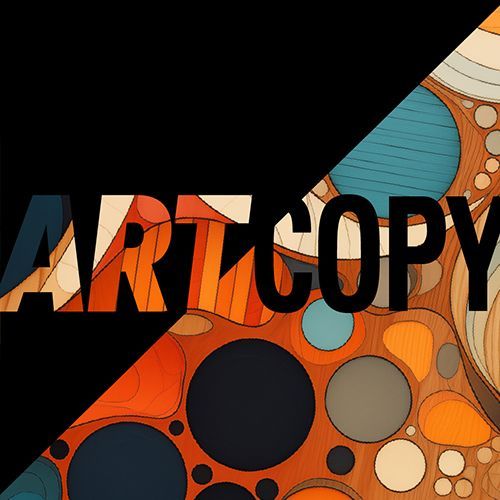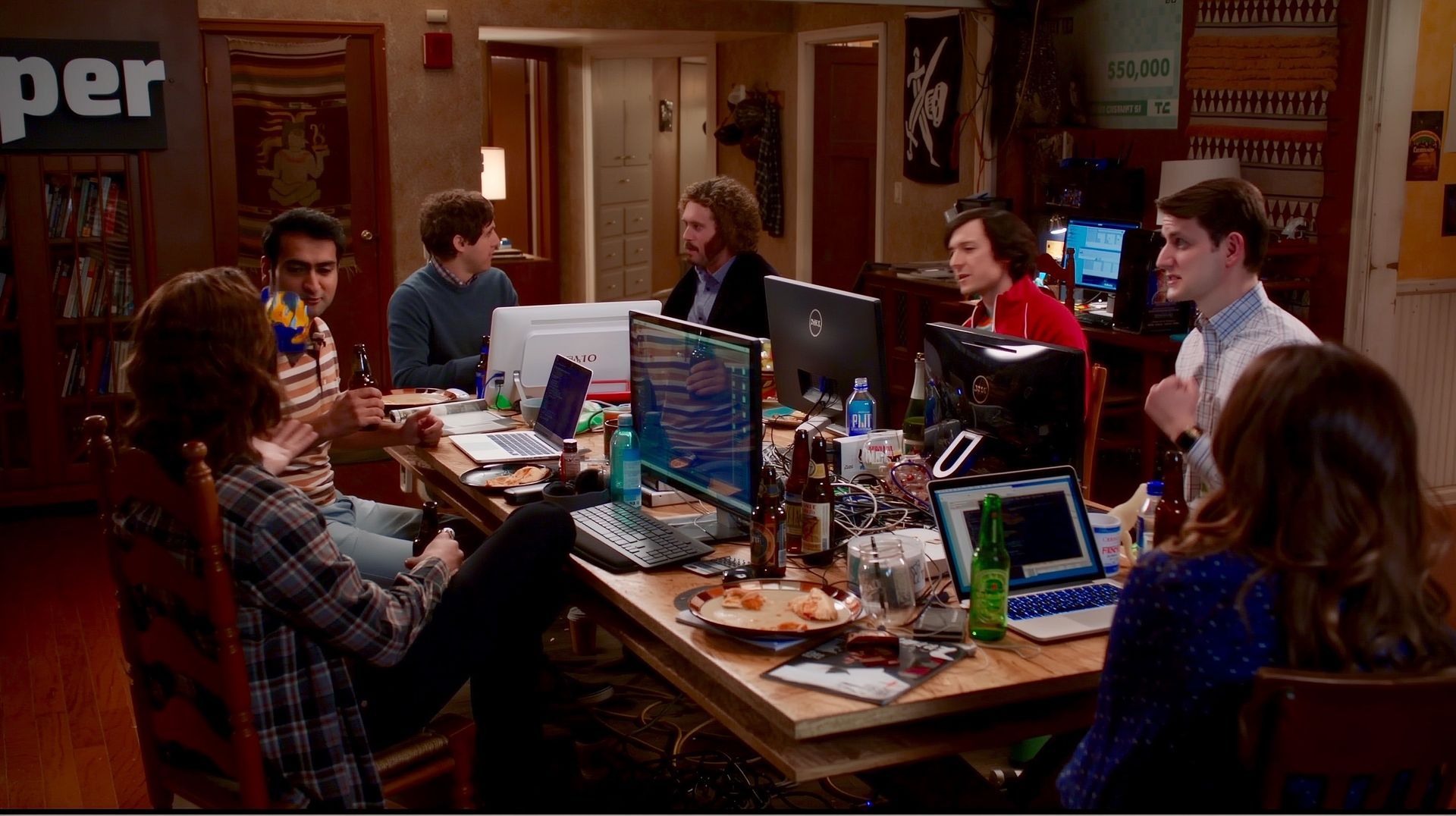By Paul Sandy
•
April 3, 2025
Companies with groundbreaking tech, elegant architecture, and technical excellence regularly lose to competitors with inferior offerings but stronger brands. This isn't just bad luck — it's the natural outcome of a fundamental misunderstanding about what drives purchase decisions. The Differentiation Trap For decades, B2B marketers have obsessed over differentiation — the pursuit of objective, feature-based superiority. Product marketers scrutinize competitors, searching for that elusive technical advantage to highlight in comparison charts and sales presentations. But here's the uncomfortable truth: sustained differentiation is rare and fleeting. In mature categories with dozens or hundreds of competitors, most products do essentially the same thing. Any technical advantage you establish today will be copied tomorrow. Distinctiveness: The True Driver of Success While differentiation fades, distinctiveness endures. Let's look at three B2B tech companies that succeeded not through superior features, but through brand distinctiveness: Slack vs. Enterprise Messaging When Slack entered the enterprise messaging space, it faced established competitors with similar core functionality. Slack's success wasn't driven by unique features but by its distinct brand identity — playful, human, and focused on reducing "work about work." Their distinctive visual identity (with its consistent color palette and friendly illustrations), conversational tone, and memorable tagline ("Where work happens") created an emotional connection that technical specs couldn't match. What mattered wasn't that Slack could do things others couldn't—it was that Slack felt different. HubSpot vs. Marketing Automation HubSpot didn't win because its marketing automation tools were objectively superior to competitors. It won by creating a distinct brand centered around the concept of "inbound marketing"—a term they essentially invented and owned. Their orange branding, educational content strategy, and consistent message about helping businesses "grow better" made them instantly recognizable in a sea of sameness. HubSpot's distinctive approach created memory structures that triggered recall when prospects were ready to buy. Stripe vs. Payment Processing Payment processing is perhaps the most commoditized B2B technology category imaginable. Yet Stripe emerged victorious not through revolutionary features, but through a distinct brand identity built around developer experience. Their minimalist design, developer-friendly documentation, and consistent message about "infrastructure for the internet economy" made them immediately identifiable. While competitors talked about transaction fees and compliance, Stripe created a distinct identity that resonated with their technical audience. Strategies for Building a Distinct B2B Technology Brand Embrace a Signature Visual System — Develop a visual identity that stands out in your category. If everyone uses blue and corporate photography, consider bold colors and custom illustrations. Your visual system should be immediately recognizable even without your logo present. Find your SMIT — Identify the Single Most Important Truth (SMIT) about your brand. What do you do exceptionally well and what do your customers care deeply about? This is a crucial intersection of opportunity. Make this the heartbeat of your story. Own it. Be known for it. Own a Category Concept — HubSpot owned "inbound marketing." Drift owned "conversational marketing." Gong owned "revenue intelligence." Creating and owning a category concept gives your brand a distinctive place in prospects' minds. Develop a Consistent Voice — Your written and verbal communication should feel consistent and distinctive. Whether it's Mailchimp's cheerful helpfulness or IBM's authoritative expertise, a consistent voice builds recognition over time. Create Distinctive Brand Assets — Develop assets that trigger instant recognition: Salesforce's cloud logo, Twilio's red API curl brackets, or Zendesk's smiling Buddha. These distinctive elements become shortcuts to brand recall. Messaging and Visual Identity: Two Sides of the Same Coin Perhaps the most critical insight about brand distinctiveness is that messaging and visual identity must be developed in tandem , not in isolation. Too often, B2B companies treat these as separate workstreams: Marketing develops messaging based on product features Design creates visual identity based on aesthetic preferences This disconnected approach produces forgettable brands. Truly distinctive B2B technology brands understand that visual elements should reinforce messaging themes, and messaging should align with visual impressions. Consider Notion, whose minimalist visual design perfectly complements its message about reducing workspace clutter. Or GitHub, whose Octocat mascot reinforces its distinct developer-focused culture. The Shift from What to Who Ultimately, brand distinctiveness requires shifting focus from what your product does to who your company is — and perhaps more importantly how it makes your customers feel . Features can be copied, but a cohesive, authentic brand identity is much harder to replicate. In a world where technical differentiation is fleeting, distinctiveness is what sticks. The most successful B2B technology companies understand this fundamental truth: customers don't just buy better products — they buy into distinctive brands that resonate with their values, aspirations, and identity. Want to shift from feature-based differentiation to brand-based distinction? Let's chat.




